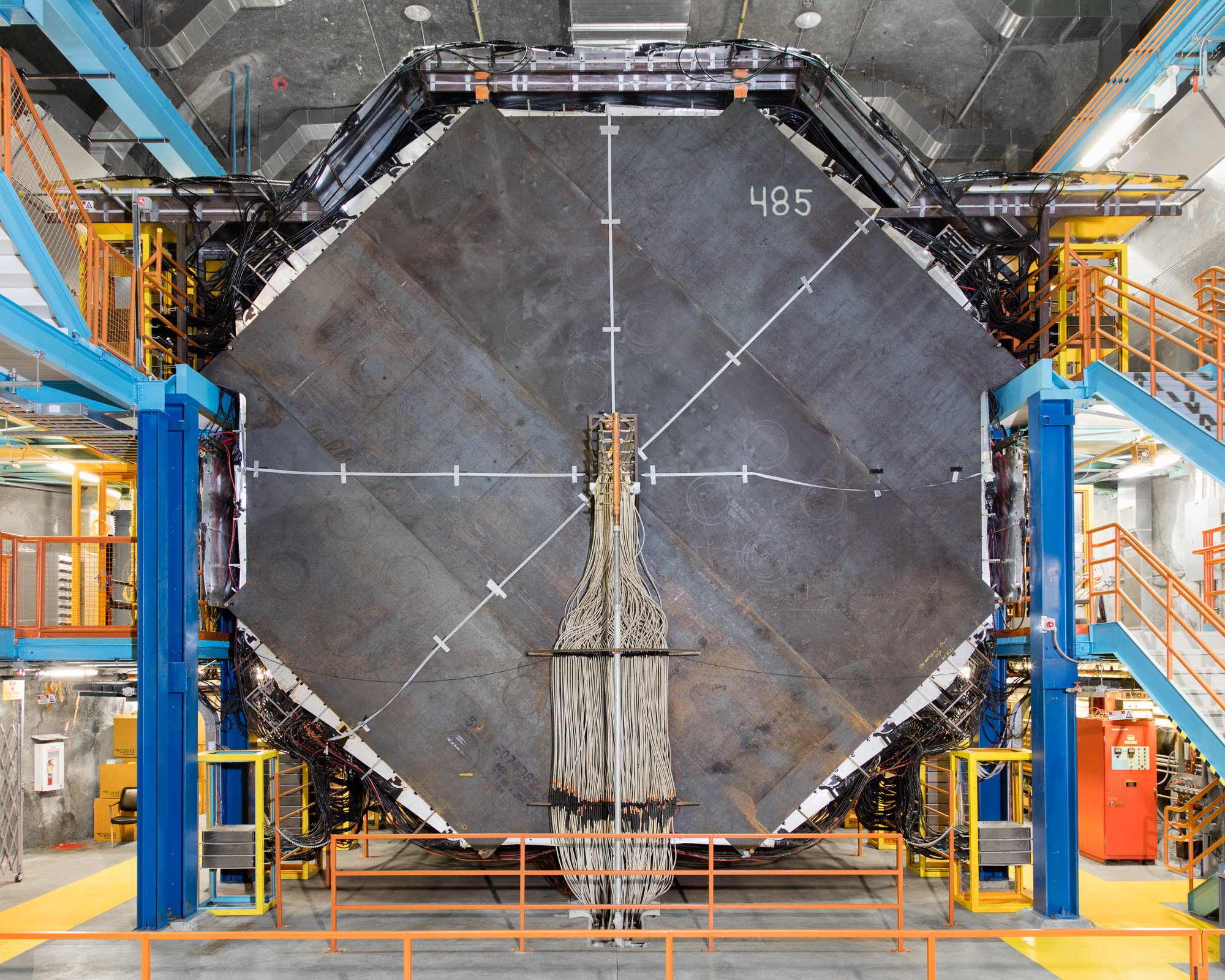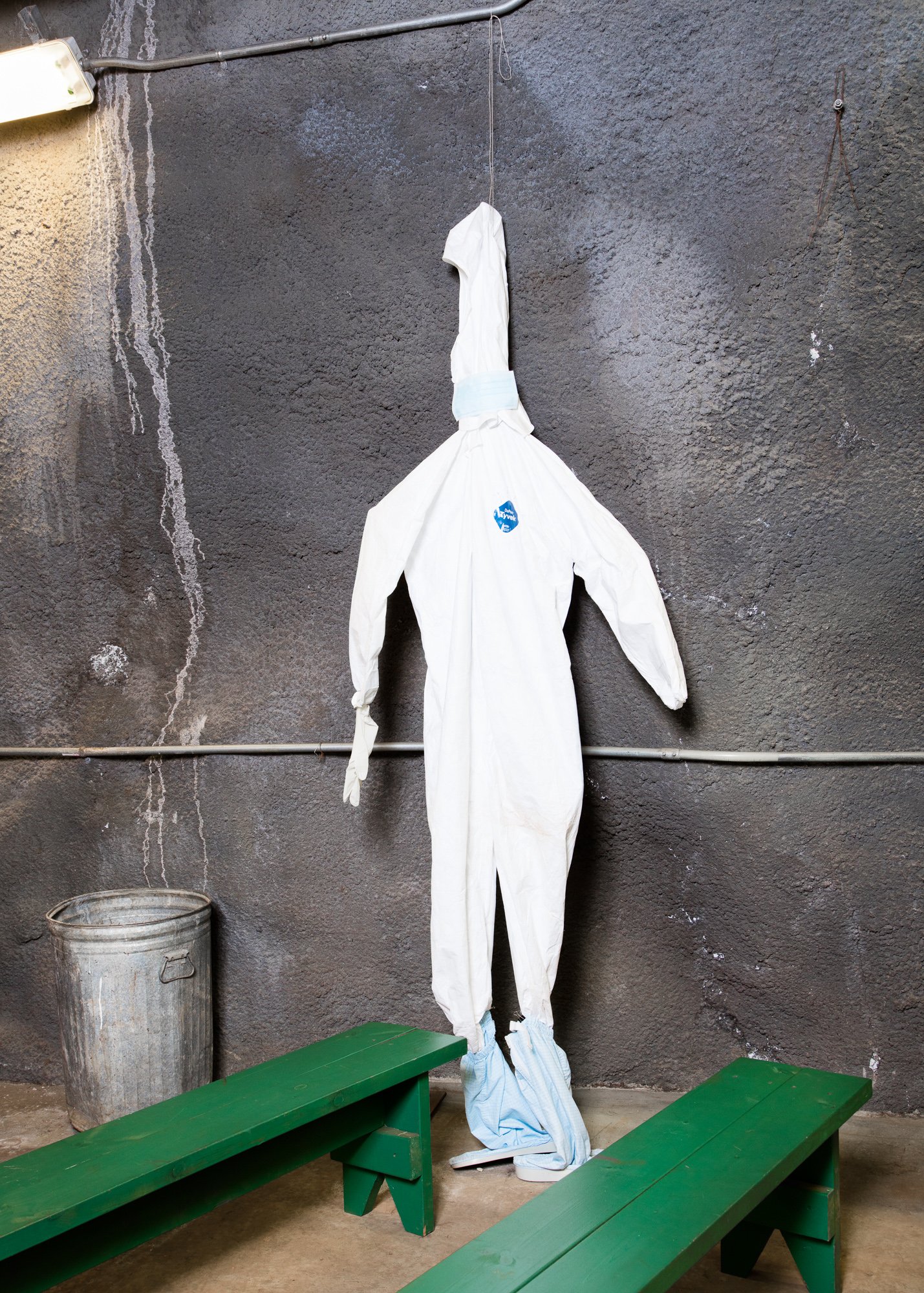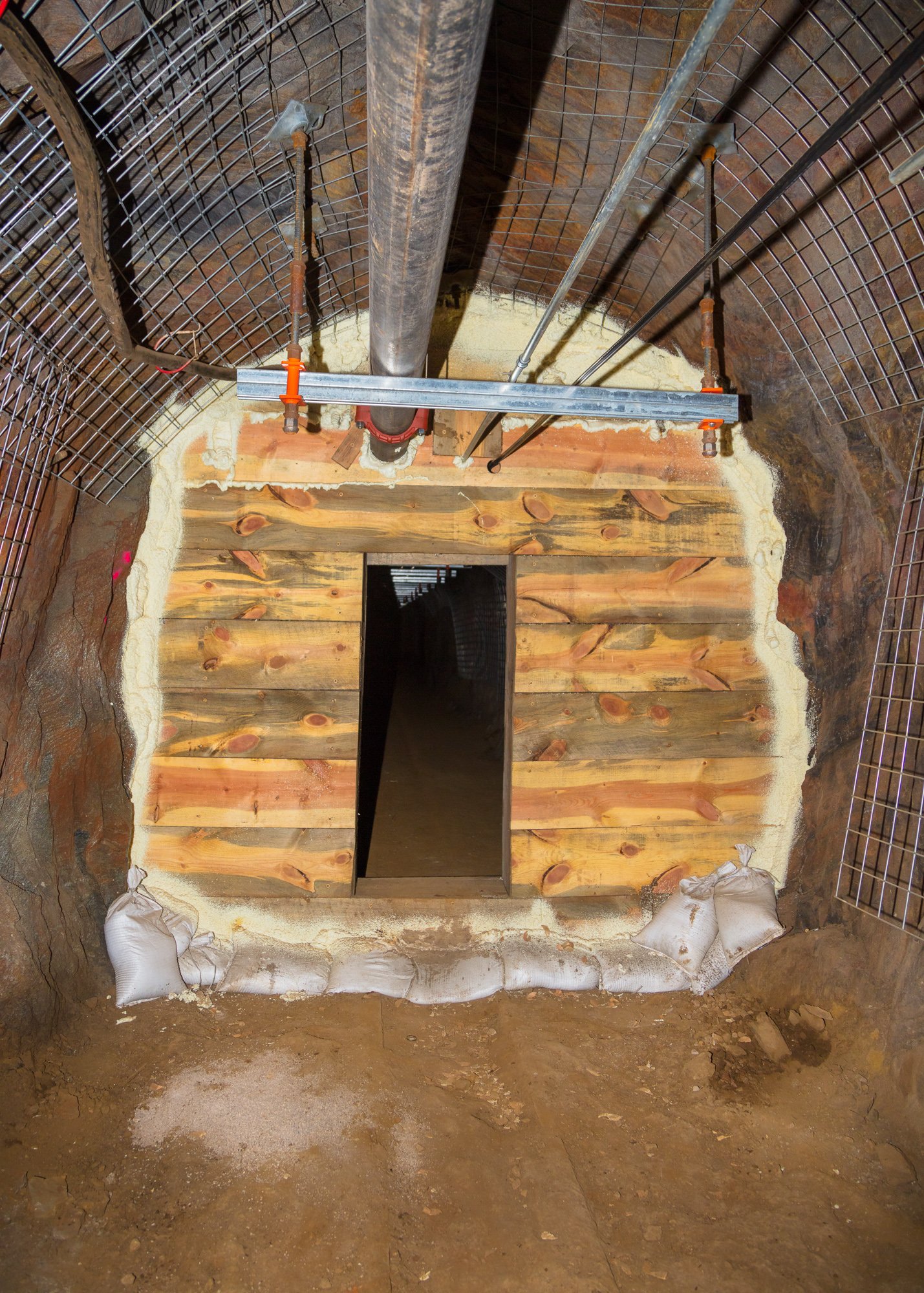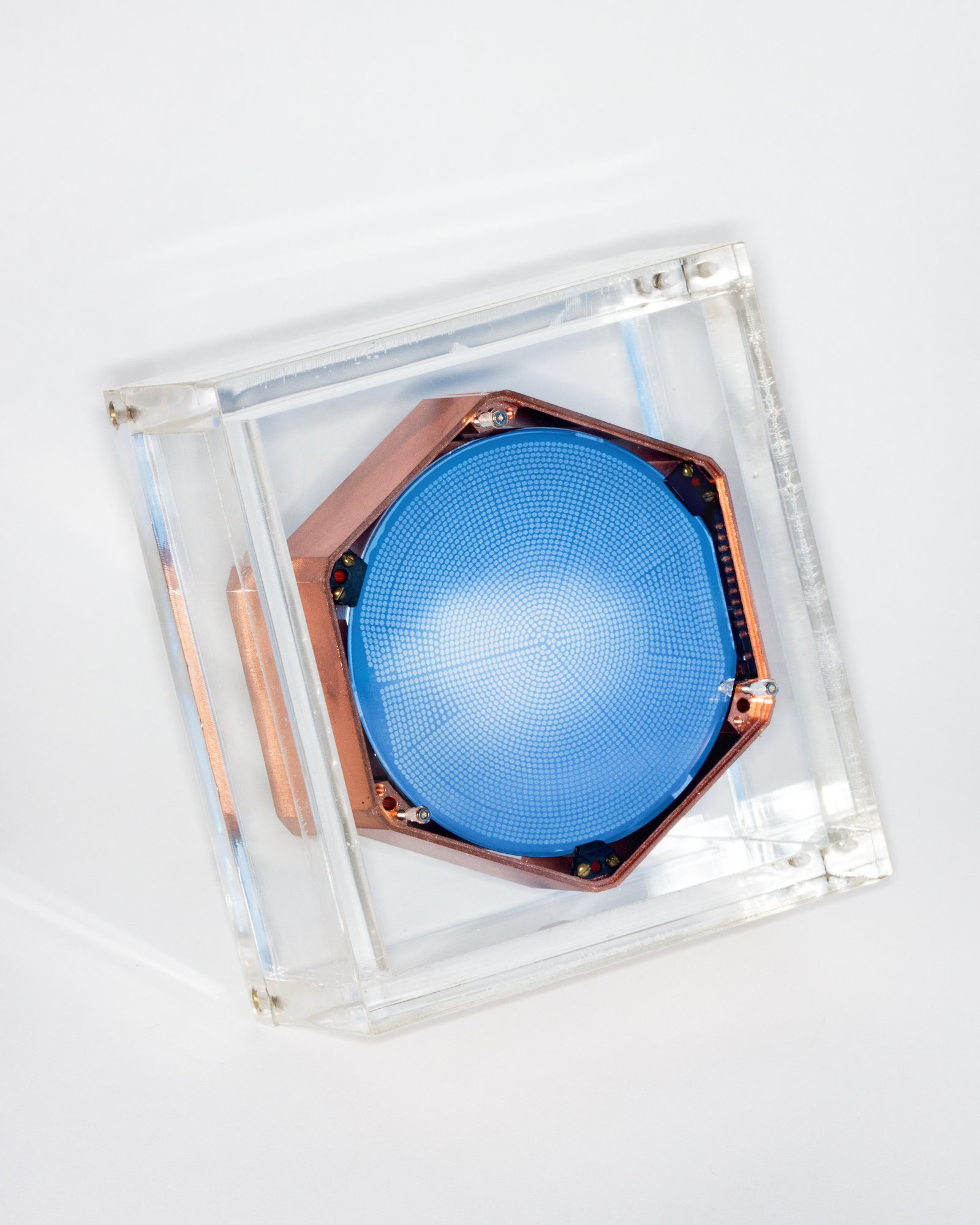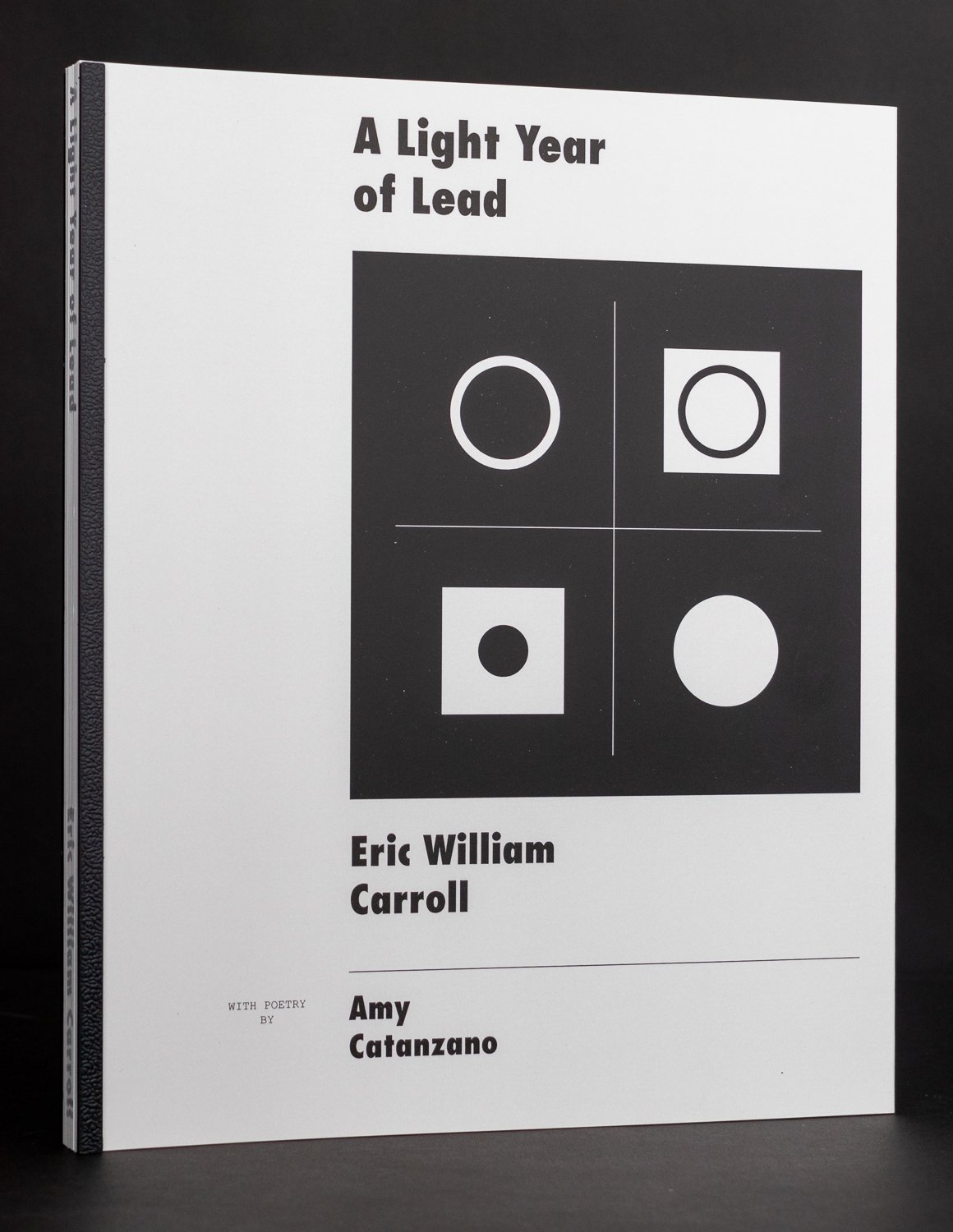Eric William Carroll - A Light Year of Lead
“The neutrino is so elusive that a light-year of lead, nine and one-half trillion kilometers (six trillion miles) would only stop half of the neutrinos flying through it.” – Brookhaven National Laboratory
A Light Year of Lead
Eric William Carroll
Mystery Cave, 2016
MINOS Far Neutrino Detector, 2015
The MINOS detector in the Soudan Underground Mine. Known as the “far” detector, MINOS was the target for neutrino particles fired from the Fermi National Accelerator Laboratory nearly 500 miles away. The experiment concluded in 2016 and the detector has since been dismantled.
Prism, 2017
A Light Year of Lead is an investigation into how contemporary science pictures the invisible & unknown. Carroll has photographed across the Midwest in abandoned mines where scientists installed experiments attempting to detect elusive elementary particles and theoretical dark matter. Rather than demystify the science, Carroll amplifies their strangeness through sharp photographs and wit. The juxtaposition pitches objective science against human subjectivity, massive detectors against massless particles, and the seriousness of these undertakings against the humor of the everyday.
NASA Astrobiology Experiment, 2017
Glove Box, 2017
A glove box inside a class-100 cleanroom at the Sanford Underground Research Facility (SURF) in Lead, South Dakota. This glove box was used in the construction of MAJORANA, an experiment searching for neutrinoless double-beta decay. If this phenomenon were detected, it could confirm that neutrinos are their own antiparticles and provide clues as to why matter prevailed over antimatter.
Clean Suit, 2015
LUX Dark Matter Experiment, 2017
Inside the Large Underground Xenon (LUX) experiment at SURF. At the time, LUX was the most sensitive dark matter detector in the world. After failing to detect any dark matter, LUX was decommissioned in 2016 and has been upgraded to LZ (LUX-Zeplin) where it began taking data in late 2020.
Passageway, 2017
The Yates shaft at Homestake Mine in Lead, South Dakota. When it closed in 2002, it was the deepest gold mine in North America with tunnels reaching 8,000 feet underground.
Tevatron Accelerator, 2015
Keats tells us:
"Beauty is truth, truth beauty,-that is all
Ye know on earth, and all ye need to know"
but we physicists find it helpful, in arriving at a truth, also to depend upon a few experimental observations. - Robert R. Wilson
Safety Glasses, 2017
Clean Room, 2015
Wind Cave, 2017
A stairwell in Wind Cave National Park in South Dakota. Wind Cave, referred to in modern Lakota as Maka Oniye or “breathing earth” is believed to contain, deep inside its passageways, a portal to the spirit lodge and the spirit world. Wind Cave is also the densest known cave system in the world.
Dark Matter Detector, 2015
A dark matter detector from the Super Cryogenic Dark Matter Search. While the experiment did not detect any dark matter in the Soudan Mine, a more sensitive experiment will replace it in a deeper mine located in Canada.
Homestake Mine, 2017
The photographs were made between 2014 and 2020 at the Soudan Underground Mine in Ely, Minnesota, Fermilab National Accelerator Laboratory in Batavia, Illinois, the Sanford Underground Research Facility in Lead, South Dakota, and the Laboratori Nazionali del Gran Sasso in L’Aquila, Italy.
Exhibition view, 2019
Eric William Carroll’s work on photography, science, and nature explores the differences in how we experience, represent, and organize the world. At the heart of his practice is a genuine sense of curiosity that interrogates scientific archives including long-term residencies at the Fermi National Accelerator Laboratory, the Astronomical Photographic Data Archive, and the Donald Glaser Archive at Caltech. Carroll’s work has been exhibited internationally and resides in numerous public collections. He currently lives in Asheville, North Carolina.
A Light Year of Lead was published in 2021 and can be purchased here.
Eric William Carroll’s work on photography, science, and nature explores the differences in how we experience, represent, and organize the world. Through his photographs, installations, and performances, Carroll creates visual and emotional connections that span enormous distances in space and time. At the heart of his practice is a genuine sense of curiosity that questions traditional binary relationships.


